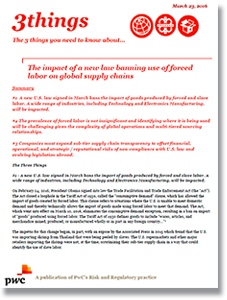The Impact of a New Law Banning Use of Forced Labor on Global Supply Chains
On February 24, 2016, President Obama signed into law the Trade Facilitation and Trade Enforcement Act, and the Act closed a loophole in the Tariff Act of 1930, called the “consumptive demand” clause, which has allowed the import of goods created by forced labor.
Summary
#1 A new U.S. law signed in March bans the import of goods produced by forced and slave labor. A wide range of industries, including Technology and Electronics Manufacturing, will be impacted.
#2 The prevalence of forced labor is not insignificant and identifying where it is being used will be challenging given the complexity of global operations and multitiered sourcing relationships.
#3 Companies must expand subtier supply chain transparency to offset financial, operational, and strategic / reputational risks of noncompliance with U.S. law and evolving legislation abroad.
The 3 Things You Should Know
#1 A new U.S. law signed in March bans the import of goods produced by forced and slave labor. A wide range of industries, including Technology and Electronics Manufacturing, will be impacted.
On February 24, 2016, President Obama signed into law the Trade Facilitation and Trade Enforcement Act (the “Act”). The Act closed a loophole in the Tariff Act of 1930, called the “consumptive demand” clause, which has allowed the import of goods created by forced labor. This clause refers to situations where the U.S. is unable to meet domestic demand and thereby technically allows the import of goods made using forced labor to meet that demand. The Act, which went into effect on March 10, 2016, eliminates the consumptive demand exception, resulting in a ban on import of “goods” produced using forced labor. The Tariff Act of 1930 defines goods to include “wares, articles, and merchandise mined, produced, or manufactured wholly or in part in any foreign country…”
#2 The prevalence of forced labor is not insignificant and identifying where it is being used will be challenging given the complexity of global operations and multitiered sourcing relationships.
According to the Bureau of International Labor Affairs (ILAB), at least 55 goods, such as cassiterite (tin derivative), cotton, coffee, tungsten, and others , are produced by forced labor globally. 2 There are an estimated 21 million people subjected to forced labor around the world in the production of electronics in Malaysia, garments in India , and rubber in Burma among others. The chart below illustrates the widespread nature of forced and child labor practices across key production sectors from 37 different countries. The ILAB report is quick to note that a country or good not appearing in the report does not imply that no issues are present.
#3 Companies must expand subtier supply chain transparency to offset financial, operational, and strategic / reputational risks of noncompliance with U.S. law and evolving legislation abroad.
The CBP has yet to publicly announce how it intends to enforce the import ban in collaboration with the Department of Homeland Security (DHS), who is responsible for investigations into illicit trade. That said, the CBP considers the Act a major milestone for the agency as it aligns to and strengthens current strategic objectives and is the first reauthorization of the agency since its creation under DHS in 2003. R. Gil Kerlikowske, the Commissioner of the CBP, recently indicated that the CBP will enforce the Act through utilizing and expanding current agency programs which will aid the agency in strengthening its existing enforcement and investigative capabilities.
What’s Related
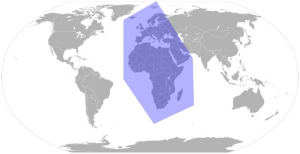
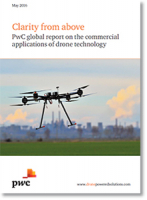
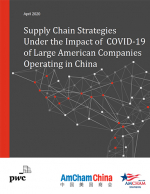
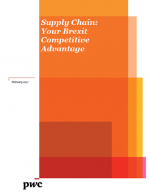
Favorites





